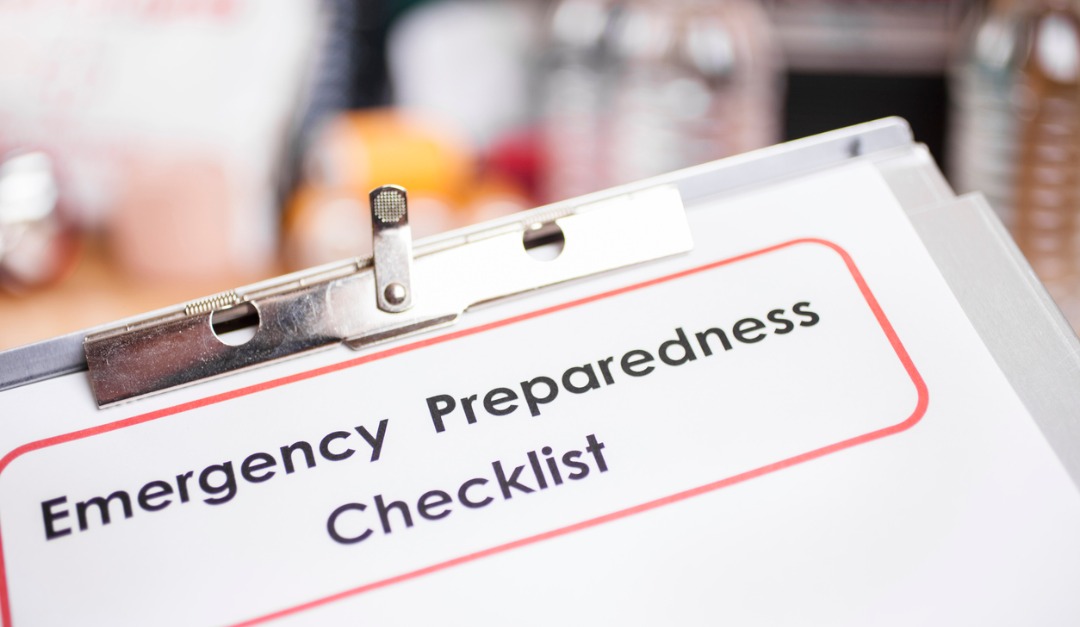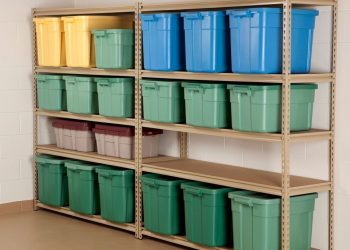From summer storms or winter blizzards knocking out the power, to emergency evacuations due to weather or wildfires, it is important to be prepared for whatever Mother Nature throws your way. Packing an emergency kit is an essential step to keeping you and your family safe and healthy in any crisis.
When putting your list together for your emergency kit, it is important to be smart about what items are essential and what items are unnecessary or can be pulled together at a moment’s notice, or packed and stored separately. Here is a list of items, essential and secondary, that you should have ready to go when disaster strikes.
Essential Items:
- Water, at least enough for up to three days (one gallon, per family member, per day)
- Reusable water bottles and containers
- Non-perishable food
- Mess kit, including napkins and disposable plates and utensils
- First-aid kit
- A multi-tool
- Duct tape
- Portable lighting, such as headlamps and flashlights
- Portable chargers
- Batteries
- Pet supplies
- Waterproof matches and lighters
- Candles
- Waterproof blankets
- A hand-crank radio
- Waterproof ziplock bags for important documents, such as insurance policies, bank accounts and passports
Secondary Items:
- Medications
- Driver’s license and other forms of identification, such as social security cards and birth certificates
- All-weather clothing, such as light layers and raincoats
- Good walking shoes or boots
- Eyeglasses and contact lenses
- Infant formula
- Cell phones and charging cables
Once you have your essential emergency kit packed up, store it in an easily accessible spot, such as a closet by an exit or in your garage. The secondary items may be packed ahead of time, but should also include necessary items you can grab as you go. Remember to always have a disaster plan ready, no matter the weather or possibility of crisis. Let each family member pack their own secondary emergency kit and be sure everyone knows the location of the essentials at all times for a safe evacuation.











